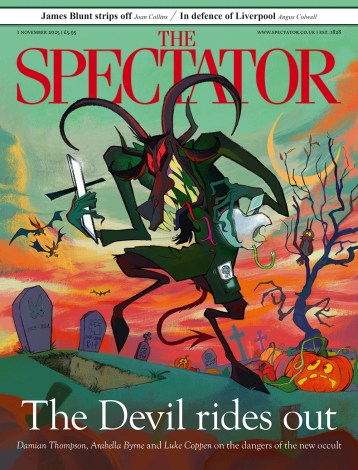Some arty readers may have been concerned by the recent news about Monet and Rolf Harris. A substantial section of the population, it seems, is unable to tell the difference between them — some thinking that the Australian entertainer depicted the waterlilies at Giverny. Admittedly, both have or had grizzled beards, but even so the information is a disturbing straw in the wind.
So, too, is the information that almost half the population haven’t a clue who painted the ‘Mona Lisa’ (though only one man thought it was by Leonardo DiCaprio). Is this finally the end for the grand old medium of painting? Will it be killed, not — as foretold long ago — by photography but by a general indifference? Does the moronic inferno of the information age spell doom for old-fashioned art?
Painting, it must be admitted, is very old technology indeed. It has been suggested that prehistoric painting may actually have preceded the development of speech. Whether or not you accept that, it is clear that one of the very first acts of human culture was to sketch bison and similar beasts on the walls of caves. Quite why this was done is not clear, but that is often the case with art. People ask the same question about the works of Damien Hirst and Tracey Emin: why do they do it? Part of the point of painting seems to be that, in a practical sense, it’s pretty pointless.
And, essentially, the art of painting has not advanced much since those days, 10,000 or 15,000 years ago. Some, indeed, would say that it’s got worse; the veteran Spanish modernist Joan Mir





Comments